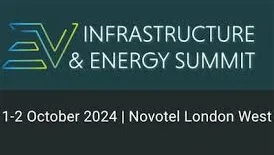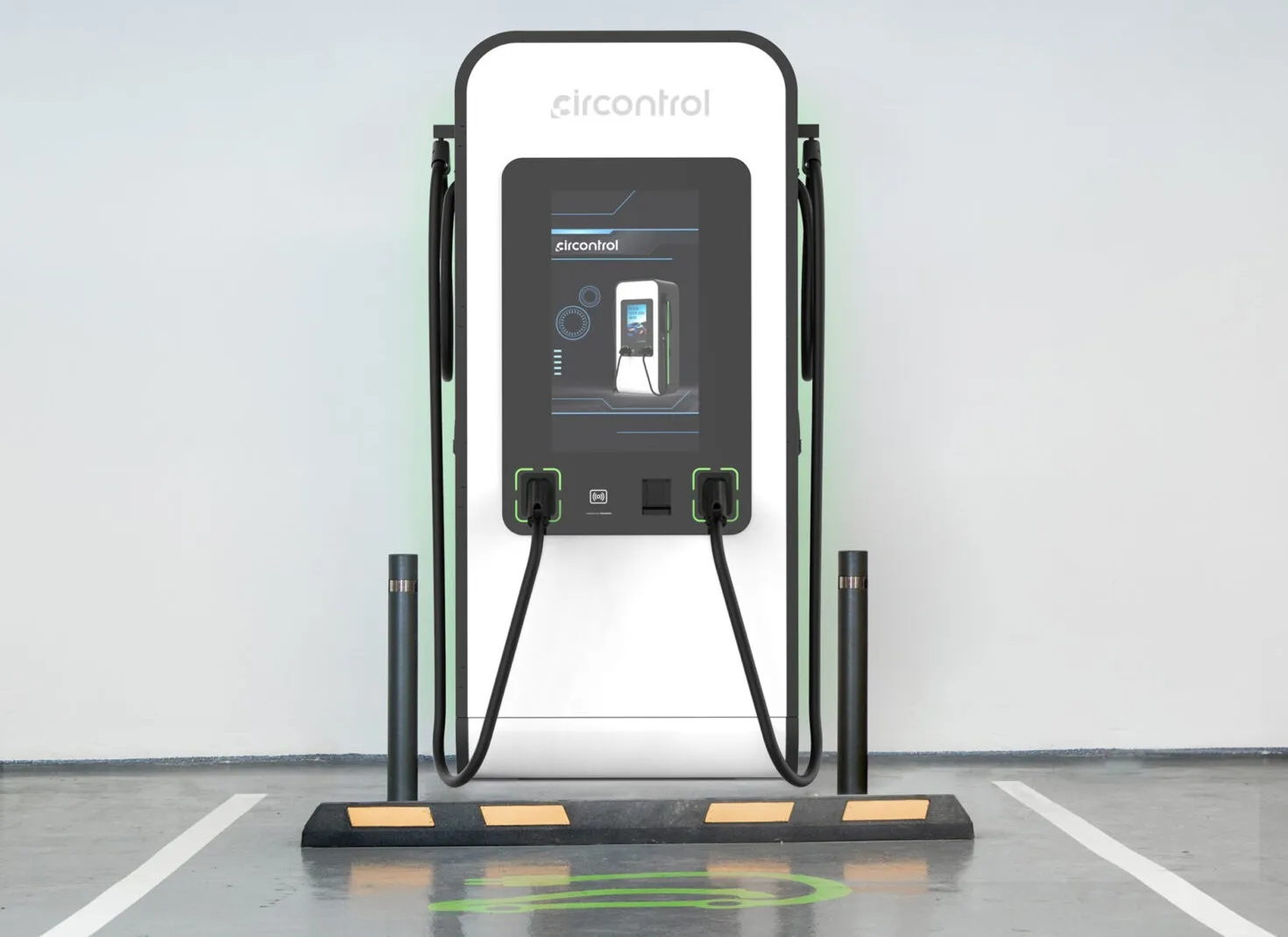The Joint Office – technically, the Joint Office of Energy and Transportation – was created through the U.S. Bipartisan Infrastructure Law. It’s a governmental agency tasked with leveraging all the EV dollars, experts (inside and outside of government) and competing interests.
Leading the office is executive director Gabe Klein. Watch this video Q&A session with Klein on how the Joint Office is supporting the Biden administration goals in opening up the diversity of EV chargers and connectors to more vehicles.
Among his statements: The Biden administration will not mandate CCS or NACS “or anything like that. It's really industry that needs to settle on the direction they want to go.”








